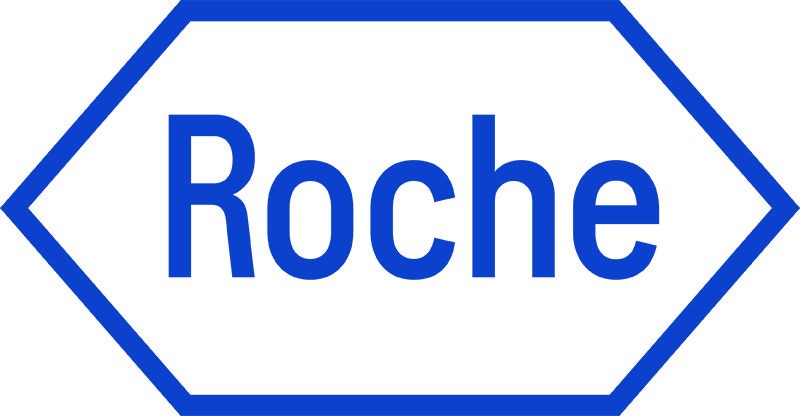Clostridioides difficile (C. difficile), formerly Clostridium difficile, is a toxin producing anaerobic bacteria that leads to inflammation of the colon. The bacterium is a primarily opportunistic pathogen; therefore it flourishes in a host environment where there has been a loss of normal gut bacterial flora. This loss of flora is often preceded by long term antibiotic use or immunosuppression. Infection often occurs in patients who are being treated for chronic illnesses or are perpetually on medication. Because of this, the primary populations at risk often reside in healthcare facilities; however community outbreaks of C. difficile are increasingly contributing to the burden of disease outside of the medical setting.1
C. difficile infection imposes a tremendous burden on both healthcare facilities and patients. It is responsible for over $1 billion in extra healthcare costs annually in the US and results in prolonged patient suffering, including severe diarrhea, pseudomembranous colitis, or toxic megacolon.1 Patients infected with C. difficile may require extended hospital stays, possible re-hospitalization, and additional medications.
C. difficile has proven very difficult to manage and control due to its environmental durability as well as its ability to spread easily from person to person through fecal oral contact. Due to its spore forming ability, C. difficile can sit microscopically in the environment on any surface contaminated with feces such as a hospital toilet, table, or doorknob for long periods of time; making it easily and rapidly transmissible hand to mouth by anyone who touches an infected surface without washing their hands. In addition the spores are incredibly resistant to cleaning agents and are only killed by agents containing chlorine bleach and/or UV light.2
Further complicating the efforts to manage these costly infections, C. difficile is changing. Evidence shows increased virulence, rising incidence, unresponsiveness to certain types of therapy, and worse outcomes, including death.3 C. difficile related deaths in the US increased 400% between 2000 and 2007, in part because of the emergence of hypervirulent strains.4 Meanwhile, US hospital stays tripled in the last decade, further illustrating the growing public health threat of the infection.1
Identifying an approach
There is a pressing need for reliable surveillance methods to detect outbreaks, and identify and treat patients quickly. The increased severity and incidence of C. difficile infections make accurate and rapid identification of the infection imperative.3,5
According to the CDC, hospitals that followed infection control recommendations lowered C. difficile infection rates by 20% in less than 2 years.1 Microbiology labs are an essential part of timely and accurate reporting of C. difficile infections, enabling clinicians to provide appropriate therapy and improve patient management.
Molecular detection moves Cdiff testing forward
Traditional methods for identifying C. difficile include toxigenic culture, which is labor intensive and slow, and enzyme immunoassays (EIA), which have limited sensitivity. Algorithms use combinations of EIA testing to overcome the shortcomings of individual assays,6 but this can introduce delays in reporting results to physicians, which adversely impacts patient management.


